Filter by category:
Filter by group:
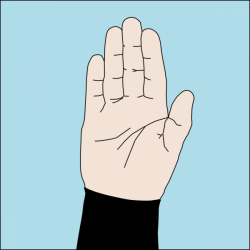 | Stop! Stop |
 | Drip Dry Drip Dry |
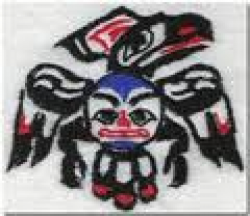 | Falcon (zodiac) Falcon: Mar 21 - Apr 19 |
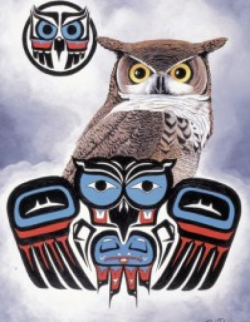 | Owl (zodiac) Owl: Nov 23 - Dec 21 |
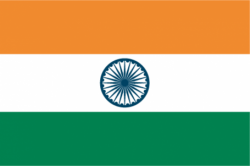 | Flag of India The National flag of India is officially described in the Flag Code of India as follows: "The colour of the top panel shall be India saffron (Kesari) and that of the bottom panel shall be India green… |
 | Coat of arms of the Czech Republic The coat of arms of the Czech Republic (Czech: Státní znak České republiky) displays the three historical regions—the Czech lands—which make up the nation. |
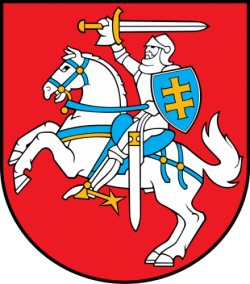 | Coat of arms of Lithuania The coat of arms of Lithuania, consisting of an armour-clad knight on horseback holding an olden sword and shield, is also known as Vytis (pronounced [ʋiːt̪ɪs], "the Chaser"). The Lithuanian coat of … |
 | Symbol of Chaos The Symbol of Chaos originates from Michael Moorcock's Eternal Champion stories. In them, the Symbol of Chaos comprises eight arrows in a radial pattern. In contrast, the symbol of Law is a single up… |
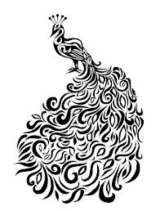 | Peacock Although indigenous to the Indian sub-continent, the peacock has spread far beyond its native land and acquired symbolic meaning in a number of diverse cultures. |
 | Tiger In parts of Asia, the tiger supplants the lion as the so-called “King of Beasts”. Its ferocity and majestic appearance have given it important symbolic meaning in cultures throughout the continent. |
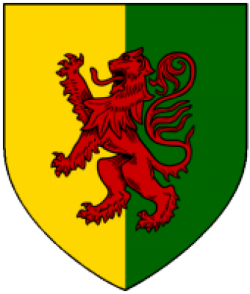 | William Marshal The coat of arms of Sir William Marshal, one of the greatest knights of the Middle Ages, consists of a red rampant lion on a field per pale (vertically divided in two) of vert (green) and or (yellow/… |
 | Druze Star A symbol such as this one might not look out of place at a child’s birthday celebration, but it is in fact the emblem of a relatively obscure religion that possesses a rich and eclectic cultural hist… |
 | Raven The raven is a very interesting creature in terms of symbolic meaning. Although it has a widespread reputation for ill fortune, this is not the case everywhere you go, and even where it is, there are… |
 | Fire Nation In the world of Avatar: The Last Airbender, the population consists of four distinct cultures, collectively known as the “Four Nations”. Each nation is aligned with one of the four elements of Air, W… |
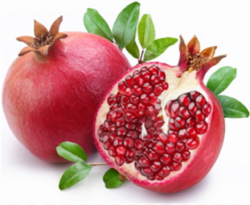 | Pomegranate The pomegranate is a fruit with a very long history, both as a culinary staple and as a cultural symbol. |
 | Apple One of the most symbolic of all fruits, apples have held a central place in the traditions of many cultures. |
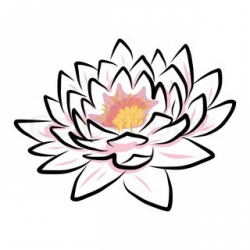 | Lotus In terms of symbolic importance, the lotus has achieved a status that has seldom been equaled by any flower. Its beauty, perfume and central place in many belief systems has made it a true monarch of… |
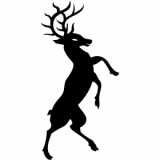 | Stag When it comes to symbolism, the "stag" possesses a separate set of meanings from the “deer”, so this article will only address the former. |
 | Uppsala Discovered near a cathedral in Uppsala, Sweden, this marking has been interpreted two different ways. |
 | Minecraft Grass Logo The Minecraft grass block is one of the most iconic symbols of the game. It is a cube-shaped block that is covered with green grass on the top surface and dirt on the sides and bottom. Here are some … |
 | H.Y.D.R.A Symbol HYDRA from Marvel comics |
 | Shin Shin (also spelled Šin (šīn) or Sheen) literally means "tooth", "press", and "sharp"; It is the twenty-first letter of the Semitic abjads, including Phoenician Shin Phoenician Hebrew Shin ש, Aramaic … |
 | Zener Cards Zener cards are cards used to conduct experiments for extrasensory perception (ESP), most often clairvoyance. Perceptual psychologist Karl Zener (1903–1964) designed the cards in the early 1930s for … |
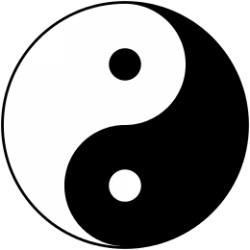 | Yin-Yang In Chinese philosophy, yin and yang (also yin-yang or yin yang, 陰陽 yīnyáng "dark—bright") describes how opposite or contrary forces are actually complementary, interconnected, and interdependent in t… |
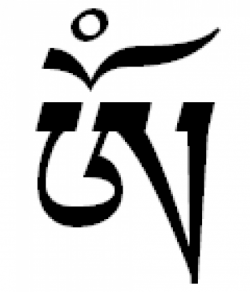 | Tibetan Aum Since Buddhism arose out of Hinduism, it is not surprising that the mantra 'Aum' was absorbed into the Buddhist tradition; however, Buddhists almost never transliterate it as ‘Aum,’ but use ‘Om’ inst… |





